The Substance Abuse and Mental Health Services Administration (SAMSA) reports that nearly 19.4 million adults in the U.S. have been diagnosed with both a mental health disorder and a substance use disorder (SUD). This means that about 50% of individuals with a mental illness will also struggle with addiction at some point in their lives.
The Link Between Mental Health Disorders and Substance Abuse
When someone has both a mental health disorder and a substance use disorder, this is known as a dual diagnosis or a co-occurring disorder. Struggling with both conditions is the result of biological, psychological, and social influences—not an issue with willpower or a moral failing.
Genetics
According to twin and family studies, about 50% of the risk for developing a substance use disorder is heritable. Moreover, some of the same genetic variations have been linked to both mental illness and addiction—particularly in disorders like bipolar disorder, depression, and schizophrenia. For example, specific genes involved in dopamine signaling (like DRD4, DRD2, DAT1, and ANKK1), are being studied for their role in dual diagnosis.
Trauma
Many people with a dual diagnosis have a history of physical or sexual abuse, neglect, violence, or other deeply distressing experiences. Trauma survivors are more vulnerable to developing both mental illness and substance use disorders due to how trauma affects the brain. Consider the following:
- Amygdala hyperactivity. The overactive fear center drives anxiety and panic responses, leading many trauma survivors to self-medicate with substances to dampen these overwhelming emotions.
- HPA axis dysregulation. Abnormal stress hormone patterns create chronic physiological distress that increases vulnerability to both substance use and mood disorders like depression and anxiety.
- Neurotransmitter imbalances. Disruptions in dopamine, serotonin, and other chemical messengers create a neurobiological environment that increases susceptibility to both addiction and mental health conditions like depression and anxiety.
- Prefrontal cortex dysfunction. Weakened impulse control and decision-making capabilities make it harder to resist substance use and manage emotional regulation, increasing vulnerability to both addiction and mental health disorders.
- Altered neural connectivity. Disrupted communication between brain regions affects emotional regulation circuits, making trauma survivors more susceptible to both mental health symptoms and substance use as a coping mechanism.
- Impaired interoception. Difficulty identifying and processing internal bodily sensations and emotions can lead to both substance use and mental health conditions.
- Default mode network changes. Alterations in this network contribute to negative self-perception and rumination, which increase risk for depression, anxiety disorders, and substance use as an escape from negative thoughts.
Self-Medication
Many people turn to alcohol or drugs to ease the symptoms of a mental health disorder when stigma or a lack of understanding about treatment options keeps them from accessing the necessary medical care. For example, someone with anxiety might drink to quiet their mind while someone with PTSD may use cannabis to numb flashbacks or fall asleep. What starts as a coping tool often spirals into dependency—ultimately worsening the original mental health systems.
Treating a Dual Diagnosis
A dual diagnosis doesn’t mean that there’s no hope for recovery. However, it does require a compassionate and evidence-based treatment approach.
1. Integrated Treatment
Integrated treatment addresses mental health and substance use at the same time. This approach improves long-term outcomes and reduces relapse rates compared to treating each condition separately.
2. Trauma-Informed Care
Trauma-informed care incorporates physical and emotional safety as the foundation of treatment while recognizing that people with a dual diagnosis are often self-medicating their emotional pain.
Each person’s experience is unique, but specific therapies often involved in trauma-informed care for a dual diagnosis include:
- Eye Movement Desensitization and Reprocessing (EMDR). EMDR helps process traumatic memories through bilateral stimulation, allowing the brain to reprocess trauma without becoming overwhelmed.
- Somatic Experiencing (SE). A body-oriented therapeutic approach, SE focuses on resolving physical trauma responses trapped in the body. It’s based on the understanding that trauma is stored in the body as incomplete fight, flight, or freeze responses that weren’t expressed during traumatic events.
- Cognitive Processing Therapy (CPT). A structured form of cognitive behavioral therapy, CPT challenges distorted trauma-related beliefs and thought patterns that contribute to both mental health symptoms and substance use behaviors.
3. Peer Support
Peer support has been shown to reduce feelings of isolation and increase treatment engagement. Seeing others who have survived trauma and addiction helps normalize experiences and reduces feelings of being “broken” or fundamentally flawed.
Groups like Dual Recovery Anonymous (DRA) or SMART Recovery provide nonjudgmental spaces where people with a dual diagnosis can share their stories and support each other through recovery.
4. Medication-Assisted Treatment (MAT)
MAT doesn’t replace therapy or peer support, but it can play a vital role in stabilizing both substance use and mental health symptoms. Medications often used in trauma-informed therapy for a dual diagnosis include:
- SSRIs (e.g., sertraline, paroxetine). These are often first-line medications for treating PTSD, anxiety, and depression, helping to reduce intrusive thoughts, low mood, and avoidance behaviors.
- SNRIs (e.g., venlafaxine). These medications are especially helpful when depression and anxiety occur together, and they may also alleviate some PTSD symptoms.
- Mood stabilizers (e.g., lamotrigine, topiramate). These are used to regulate mood, reduce impulsivity, and manage emotional reactivity.
- Sleep aids (e.g., trazodone, mirtazapine). These medications are prescribed to address insomnia and can also provide mood and anxiety benefits without the dependency risks of traditional sleep aids.
- Beta-blockers (e.g., propranolol). These help manage the physical symptoms of anxiety, such as a racing heart or shaking, by blocking the effects of adrenaline.
- Buprenorphine. This partial opioid agonist is used in the treatment of opioid use disorder to reduce cravings and withdrawal symptoms while offering a safer profile than full opioid agonists.
- Naltrexone. This opioid antagonist is used to block the effects of opioids and to reduce cravings for alcohol.
Get Dual Diagnosis Care That’s Tailored to Your Unique Needs
Whether you’re seeking treatment for yourself or someone you love, Eagle View Behavioral Health can help. Contact us anytime—day or night—for a free, confidential assessment or to learn more about the programs offered at our Bettendorf, Iowa facility.






